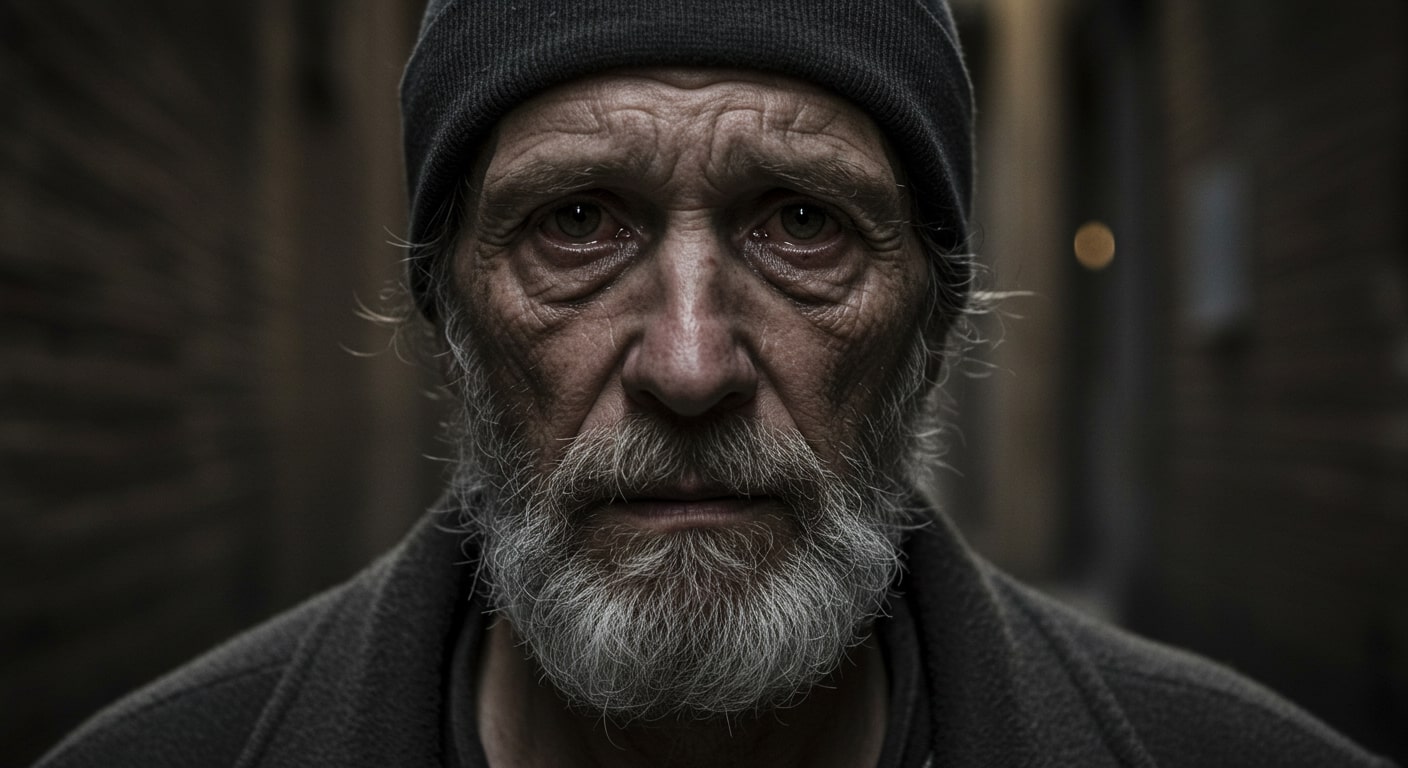Saquon Barkley, the star running back for the New York Giants, is currently undergoing a significant recovery process following a torn ACL in his right knee. The Giants organization is taking a comprehensive approach to support Barkley during this critical phase, ensuring he receives the necessary resources and attention to facilitate his return to peak performance.
Physical Rehabilitation Measures.
Structured Rehabilitation Program.
Barkley’s recovery involves a meticulously designed rehabilitation program tailored to address the complexities of an ACL injury. This program includes strength training, mobility exercises, and functional drills that gradually increase in intensity. The Giants’ medical staff is closely monitoring his progress, focusing on rebuilding strength and stability in his knee while minimizing the risk of re-injury.
Participation in Live Drills.
Recently, Barkley participated in live drills during joint practices with the New England Patriots, marking a pivotal step in his recovery. Although he wore a red no-contact jersey, he successfully completed several plays, demonstrating his ability to execute football-specific movements without hesitation. This participation is crucial as it simulates game-like conditions and helps him acclimate to the physical demands of football again.
Gradual Exposure to Contact.
The Giants are emphasizing a gradual exposure to contact for Barkley. Head Coach Joe Judge has highlighted the importance of allowing players to experience hits in practice before they return to full-speed games. This strategy aims to prepare Barkley mentally and physically for the rigors of regular-season play while ensuring he is not rushed back prematurely.
Emotional and Psychological Support.
Mental Health Considerations.
Recognizing the psychological challenges associated with recovering from a significant injury, the Giants are also providing emotional support for Barkley. Engaging with sports psychologists can help athletes like Barkley navigate the mental hurdles that often accompany rehabilitation, such as fear of re-injury and maintaining confidence on the field.
Team Environment and Morale.
Barkley has expressed how being back with his teammates has positively impacted his outlook on recovery. The camaraderie within the team fosters a supportive environment that encourages him to focus on his rehabilitation while feeling connected to his teammates. This social aspect is vital for maintaining morale and motivation during the recovery process.
Nutritional and Holistic Approaches.
Nutritional Support.
The Giants are likely providing Barkley with nutritional guidance tailored to enhance recovery. A well-balanced diet rich in anti-inflammatory foods can support healing processes and overall physical well-being. Proper nutrition plays a crucial role in muscle recovery and energy levels, which are essential as Barkley ramps up his training.
Complementary Therapies.
In addition to traditional rehabilitation methods, Barkley has explored complementary therapies such as acupuncture and massage therapy. These approaches can aid in pain management and promote relaxation, further contributing to his recovery journey. Integrating these therapies into his routine allows for a more holistic approach to healing.
Future Outlook.
As Saquon Barkley continues his recovery journey, the New York Giants remain committed to supporting him through every step. The combination of structured physical rehabilitation, emotional support, nutritional guidance, and holistic therapies positions him well for a successful return to play. While there is no definitive timeline for his full return, both Barkley and the organization are optimistic about his progress as they navigate this critical phase together.
I am an accomplished author and journalist at Fact Finders Company . With a passion for research and a talent for writing, I have contributed to numerous non-fiction titles that explore a wide range of topics, from current events, politics and history to science and technology. My work has been widely praised for its accuracy, clarity, and engaging style. Nice Reading here at Fact After Fact.







